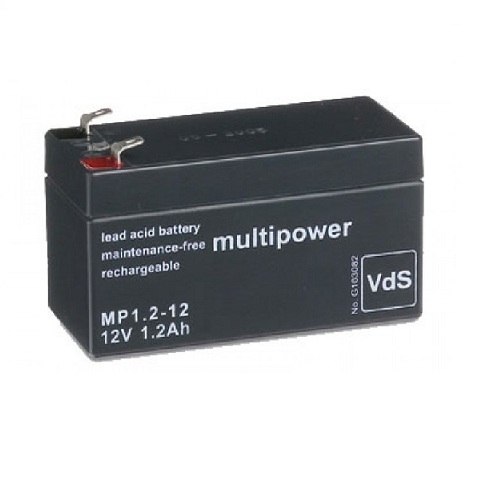The Dark Side of the Hybrid: Lead Acid Batteries
October 2, 2014
Hybrid cars have long been touted as the most promising sustainable lifestyle choice since recycling. It’s not hard to see why – hybrid electric vehicles use substantially less fossil fuel than your traditional automobile, and produce far fewer greenhouse gases all around. These are undoubtedly positive things – but while hybrid glorification isn’t completely off base, there’s a little more to it than most consumers may realize.
One major issue with the plug-in hybrid electric vehicle (PHEV) is the type of battery it requires. Lead acid batteries are critical to a hybrid’s functionality; they allow for regenerative braking, the process that gives these vehicles the ability to save their own energy to power the vehicle when idling or driving at low speeds. Electric motor batteries are typically made from nickel and lithium, which contain high levels of toxicity, and can seriously harm the environment when disposed of improperly.
Consider the Toyota Prius, the most popular car of its kind. The National Center for Policy Analysis considers the Prius to be a source for some of the worst pollution in North America. According to their report, “the nickel contained in Prius’ battery is mined and smelted at a plant in Ontario that has caused so much environmental damage to the surrounding environment that NASA has used the ‘dead zone’ around the plant to test moon rovers.”
Even so, ultimate disposal hasn’t actually proven to be a big issue yet – after all, most of the 2 million hybrid vehicles on the road in the United States haven’t been around long enough to cause meaningful problems. After sustained usage, however, the lead plates within these batteries will weaken and no longer be capable of storing energy. When the time comes, a safe and proper disposal method for these batteries will be an important task.
Thankfully, a great solution for this particular hazardous waste product already exists; lead acid batteries can be recycled. This is a very effective process when done properly, and leads to a reduction in both lead pollution and the need for mining virgin materials. This report, entitled “Remanufacturing, Repurposing, and Recycling Post-Vehicle-Application Lithium-Ion Batteries”, suggests that reusing the batteries (perhaps for energy storage at a wind or solar plant) or preparing them for re-use in other vehicles will ultimately help create a booming commercial recycling and reuse industry.
When done improperly, however, lead acid battery recycling can result in high levels of toxic exposure for those directly involved as well as neighboring communities.
Hybrids might be imperfect, but raising awareness about lead acid batteries and the importance of safe and proper disposal can make a big difference. And in the end, the consensus still seems to be that hybrids, despite a few drawbacks, remain a solidly “green” choice for your next car.


